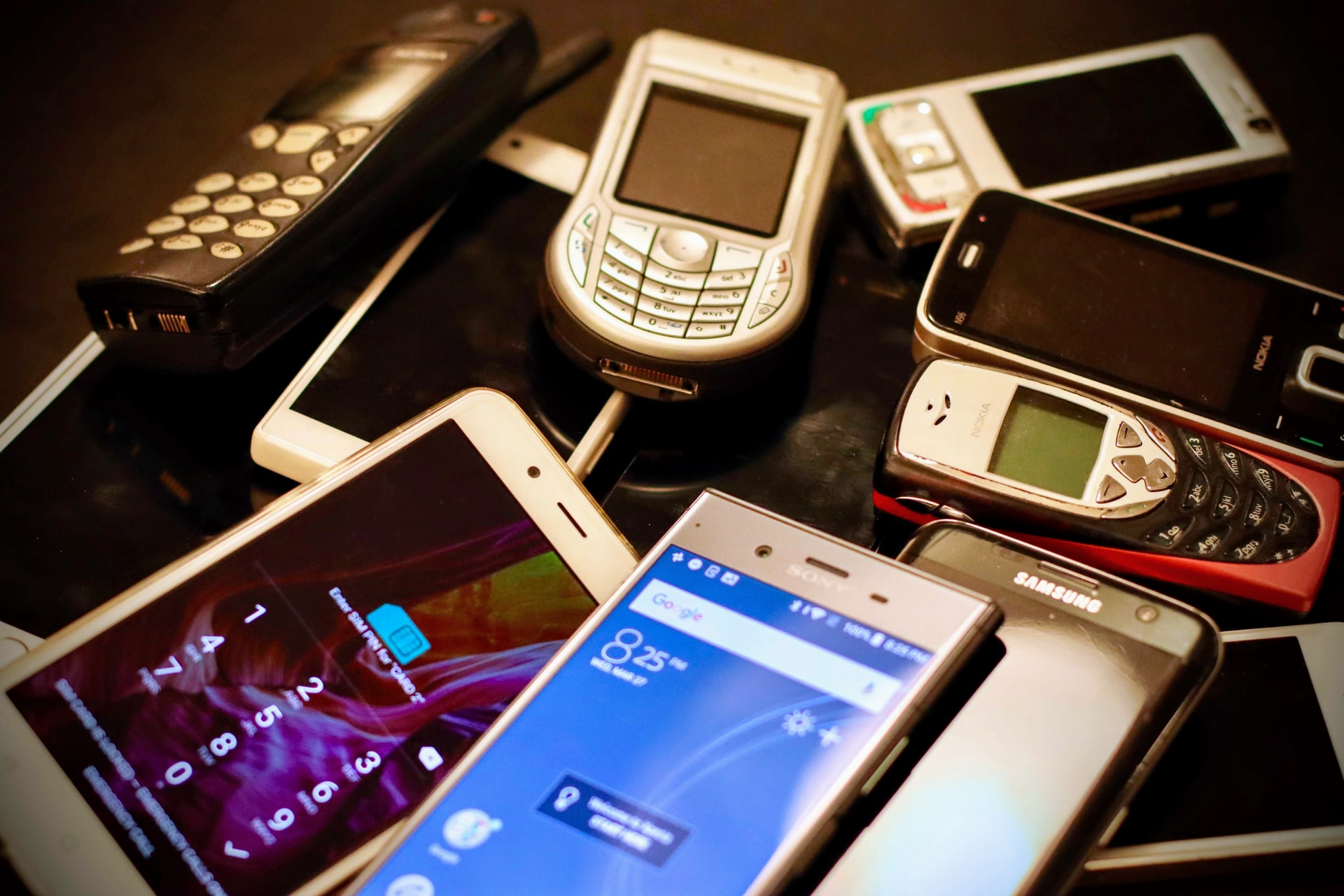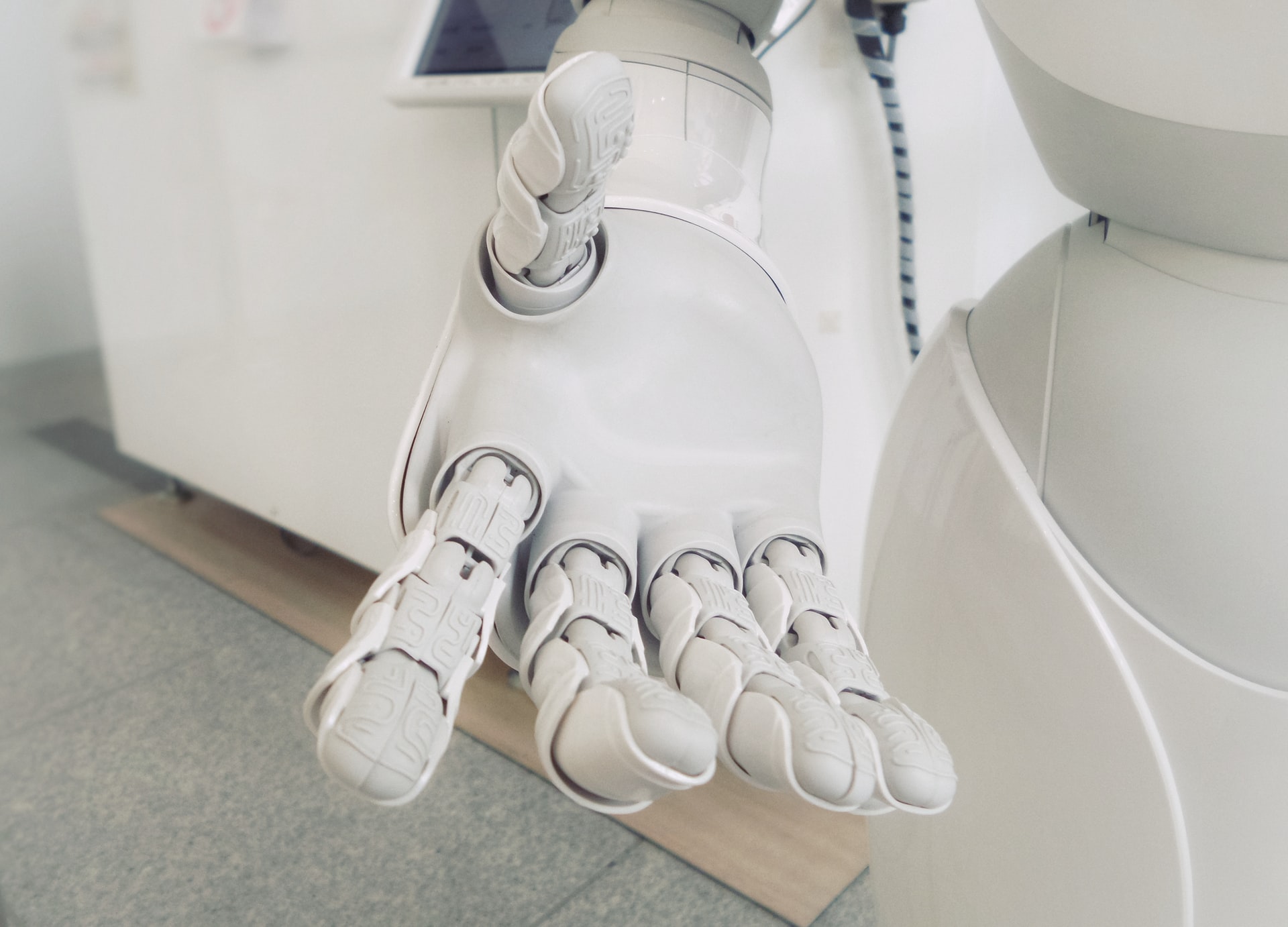by William Meisel
Recent major innovations that achieve commercial success, e.g., smartphones, have grown in usage much faster than earlier inventions such as landline telephones and automobiles. This is largely because many recent products and services are driven by computer technology and computer processing power is expanding at an exponential rate. What would have required a large and expensive computer decades ago now fits in your pocket or purse.
So, what’s next? A reasonable assumption is smartwatches will do more as the processing power that can be packed into that small device increases. Manufacturers such as Apple, Fitbit, Huawei, and Samsung are updating their models, and Google has announced a smartwatch that will be available in the fall. Like smartphones, we can expect improvements in each new model. Prices range from $50 to over $1000.
According to a study by Facts and Factors, global smartwatch revenue was valued at around $23 billion in 2021 and is expected to grow to $97 billion by 2028 with about 21% annual growth, so perhaps they are already the next big thing. But will potential disadvantages of the device be overcome by the potential advantages as features improve?
Small screen size is the major disadvantage. Apple’s Series 7 line of smartwatches has over 50% more screen area than Series 3 but is still much smaller than a typical smartphone. Being able to interact through speech with a smartwatch, when available, can reduce that user interface issue. For example, Siri is available on Apple smartwatches and Google Assistant will be available on Google smartwatches. Since much of a digital assistants’ “intelligence” is executed in the cloud, the digital assistant isn’t limited by the smartphone’s processing power. Further, some smartwatches integrate with compatible smartphones to increase connectivity and computing power.
A major advantage is that a smartwatch is truly always available—a smartphone is less convenient in a pocket or purse. The basic function of knowing the time of day at a glance was the fundamental reason to have a watch when they were ubiquitous.
Because it is always with you, it is easier for the smartwatch to accurately monitor your exercise, e.g., how far you have walked during the day. Another advantage is the additional sensors enabled by its being next to your skin, enabling other health features such as monitoring your heart. For example, they can detect atrial fibrillation, a leading cause of strokes. Apple even advertises their smartwatch can detect a fall and enable a quick call for help. Some of these health and safety features might attract older users, not a typical early market for new devices.


Apple Smartwatch health and help features
Another important market segment might be children, particularly since younger children could lose a smartphone or simply have trouble carrying it around. Some watches have location features that allow finding a child wearing the device, as well as parental controls on time spent on games as well as which apps are allowed on the device.
A smartwatch can allow a child to make a wireless call to a parent. Early education features might be another major motivation for parents. Interaction by speech makes the device suitable for younger children who have not yet learned to read.
Apple’s smartwatches, for example, have features targeted at children such as a location tracker. Apple smartwatches support Siri, so a child can talk to the watch to do things like make a call or ask Siri a question. Expect some competition here—Google has announced it will release a new smartwatch in the fall.
The fundamental drivers of smartphone improvement are being able to stuff more computing power in a small device, improvements in battery technology, and the use of speech interaction to compensate for the small screen. Web search is difficult to use on a small screen, so improvements in “answer technology”—giving a brief spoken answer to an inquiry (even when that involves clarifying the question with spoken dialog), will also drive smartwatch adoption.
Most of us have stopped wearing watches as our smartphones substituted. But there was a time when almost everyone wore a watch. Do you occasionally wish you could just glance at your wrist to see the time?
Might you not indulge this impulse if it provided significant other advantages, e.g., just let you ask for information or quickly dictate a text message? If competition and technology evolution drive down smartwatch prices, would a watch become a necessary accessory? If luxury models were available, would you be willing to upscale? Could you be convinced that a smartwatch was a necessary purchase for your child? There are some deep-pocketed companies that would love for you to answer these questions in the affirmative and will encourage it.
Expect major growth in smartwatch sales.
Check out Bill’s latest book: Evolution Continues: A Human-Computer Partnership.



